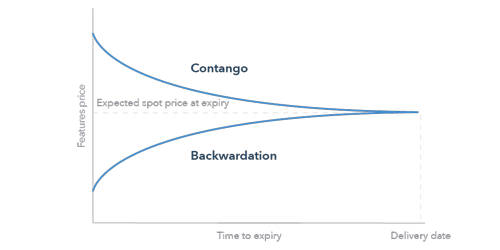A collateralized debt obligation (CDO) is a complex financial instrument that pools together various types of debt securities, such as mortgages, bonds, and loans, and then packages them into tranches or slices of different risk levels. CDO is a type of asset-backed structured security (ABS). The tranches are then sold to investors, with higher-risk tranches offering higher returns but also higher potential losses. Originally designed for the corporate debt markets, CDOs became vehicles for refinancing mortgage-backed securities after 2002.
A CDO, like other private-label securities backed by assets, can be thought of as a promise to pay investors in a predetermined sequence based on the cash flow generated by the CDO’s pool of bonds or other assets. It is a complex financial instrument that pools together various types of debt securities, such as mortgages, bonds, and loans, and then packages them into tranches or slices of different risk levels. CDO credit risk is typically evaluated using a probability of default (PD) derived from ratings on those bonds or assets. The tranches are then sold to investors, with higher-risk tranches offering higher returns but also higher potential losses.
The CDO is “sliced” into sections called “tranches,” which “catch” the cash flow of interest and principal payments in order of seniority. If some loans default and the CDO’s cash collection is insufficient to pay all of its investors, those in the lowest, most “junior” tranches suffer the greatest losses. The safest and most senior tranches are the last to lose payment due to default. As a result, coupon payments (and interest rates) differ depending on the tranche, with the safest/most senior tranches receiving the lowest rates and the lowest tranches receiving the highest rates to compensate for higher default risk. As an example, a CDO could issue the following tranches in descending order of safety: Senior AAA (also spelled “super senior”); Junior AAA; AA; A; BBB; Residual.
CDOs gained popularity in the early 2000s, particularly in the United States, as a way for banks and financial institutions to repackage and sell their loans and mortgages to investors. However, the financial crisis of 2008 exposed the flaws in the CDO market, as many of these securities were built on subprime mortgages, which led to a widespread default on loans and a massive loss of value in the CDO market.
Since then, regulations and oversight have been put in place to try to prevent a similar crisis from happening again. Despite this, CDOs remain a controversial financial instrument, with some arguing that they can be used responsibly as a way to diversify investment portfolios, while others see them as inherently risky and prone to abuse.
















